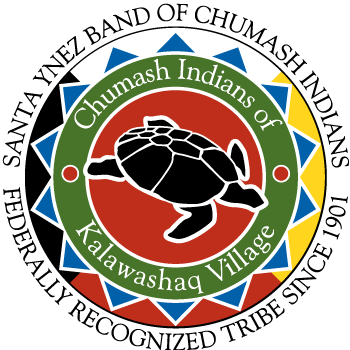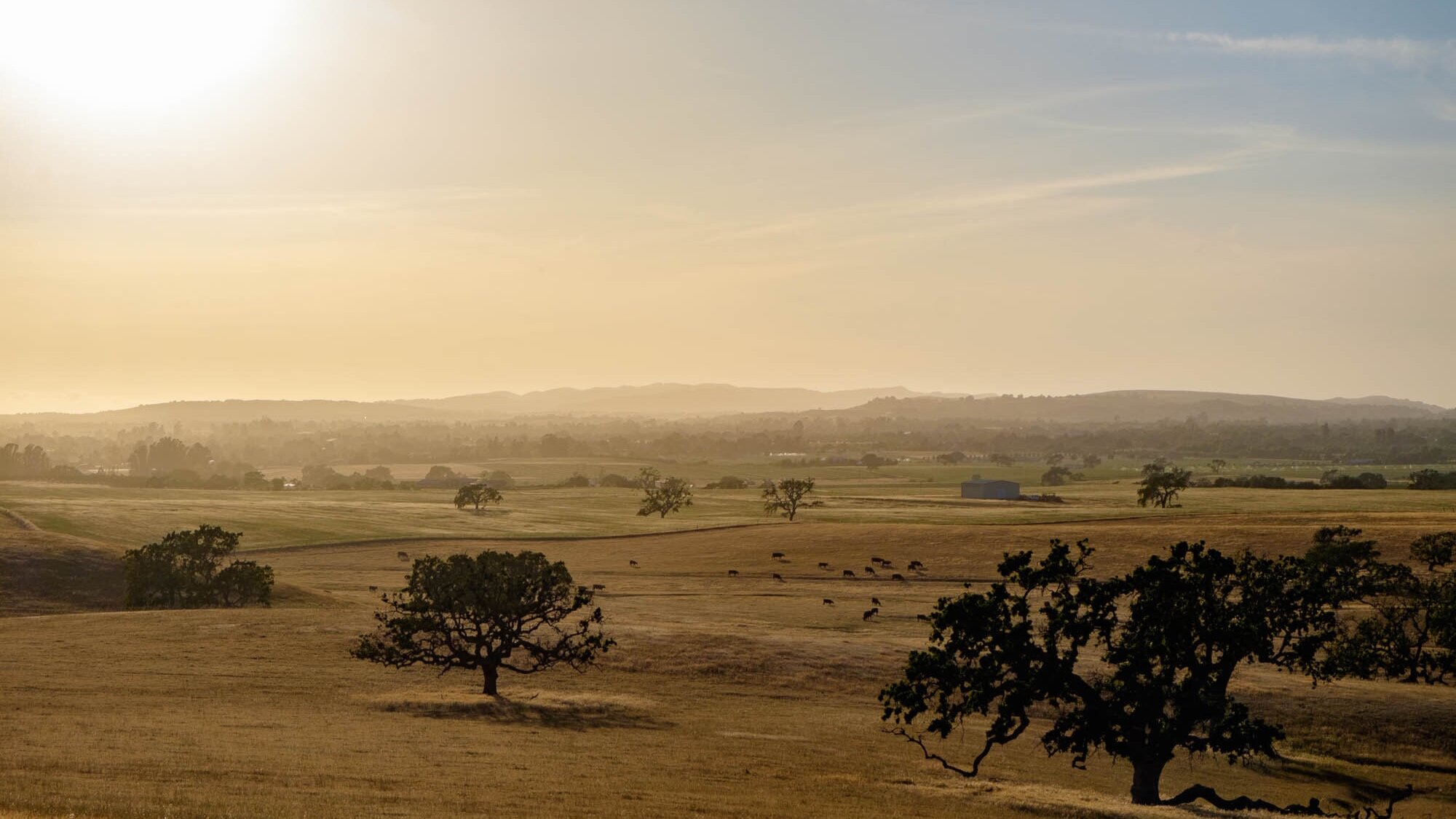Established on December 27, 1901, the Santa Ynez Reservation has been a vital part of the Santa Barbara County landscape for well over a century. However — though it is now home to more than 250 members of the Santa Ynez Band of Chumash Indians — the Reservation has not always been the thriving community that it is today.
For many years, few tribal members lived on the Reservation. Without running water or electricity, flourishing in our modern world was next to impossible. That all began to change with the establishment of a housing program in 1979, allowing more tribal members to move onto the Reservation and the necessary steps to be taken — leading toward the modern revitalization of our tribal home.
Thanks to the revenue generated through Chumash Enterprises, our tribal members are on the path to economic self-sufficiency.
Today there are more than 100 homes on the original 99-acre Santa Ynez Reservation, along with a Tribal Hall, Tribal Health Clinic, Learning Center, and Kitiyepumu’ Park, where numerous cultural and community events are held every year.
In 2014, the tribe placed 6.9 acres adjacent to the Chumash Casino Resort into federal trust — reclaiming historic tribal land that will honor our ancestors’ memories through the creation of the Chumash Museum and Cultural Center.
In a historic moment for the tribe, the size of the Santa Ynez Reservation increased tenfold when more than 1,400 acres of ranch land known as Camp 4 was placed into trust through federal legislation on December 20, 2019. The tribe purchased the land from Fess Parker in 2010 for the purpose of providing tribal housing for its members, of whom only 17 percent lived on the original Reservation. Building 143 homes and a small Tribal Hall on Camp 4 will allow tribal members to return to their Reservation, live among family, and participate in tribal programs.
The growth of the Santa Ynez Reservation to more than 1,500 acres helps to ensure the tribe’s sustainability as we strive to preserve our culture, customs, and traditions for future generations.

